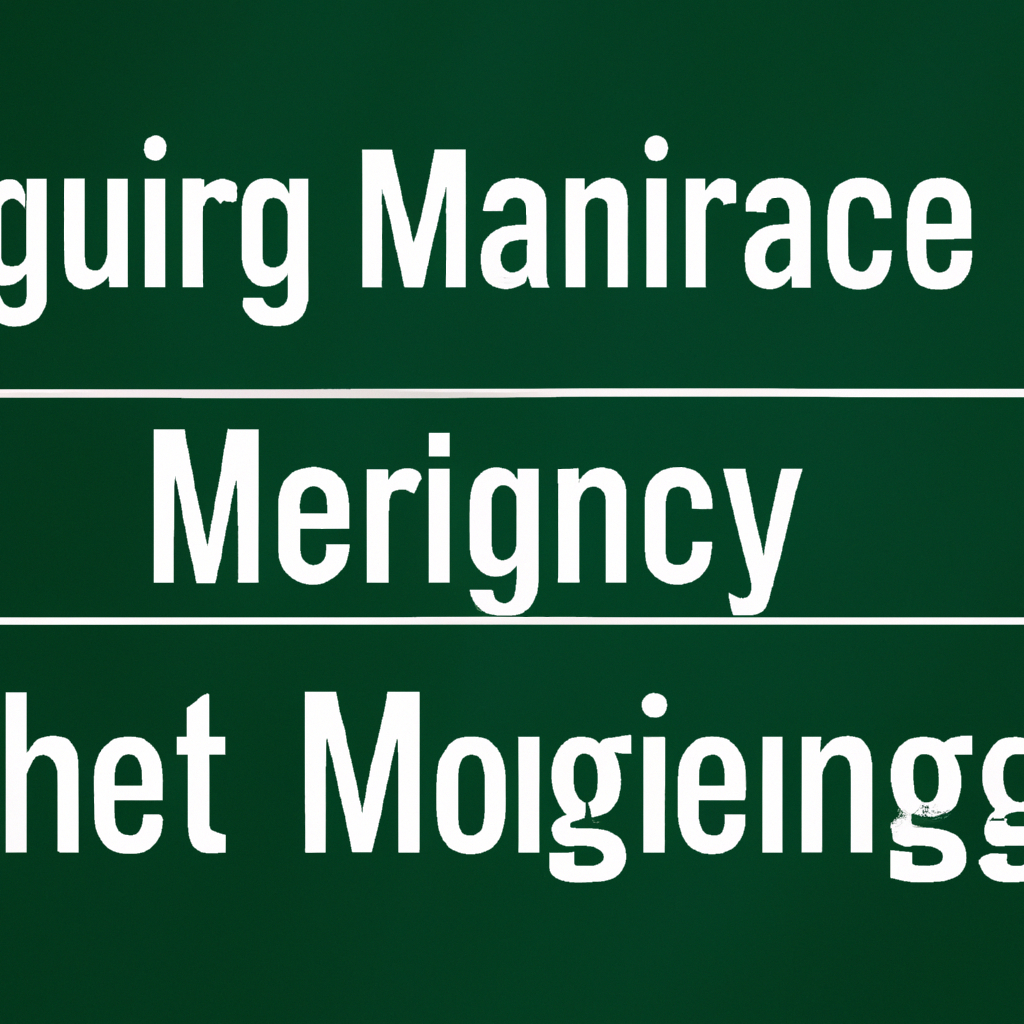Understanding how fluctuating interest rates can alter your home loan agreement is crucial for any prospective or current homeowner. By grasping the basics of this relationship, you can be better prepared for changes in your monthly payments and overall financial strategy. This blog post sheds light on the significance of interest rate shifts and their impact on mortgage repayments.
Introduction to Interest Rates and Mortgages
Simply put, an interest rate is the cost you pay for borrowing money, and it’s typically expressed as a percentage of the loan amount. When it comes to home loans, the interest rate is a fundamental component that determines the overall cost of borrowing to purchase a property.
Interest rates are dictated by a variety of factors including economic conditions, inflation rates, and monetary policy decisions by the Federal Reserve. They can fluctuate significantly over time and this volatility can affect not only the housing market but also individual mortgage payments.
It’s essential for borrowers to understand that even a small percentage change in interest rates can have a substantial effect on the long-term cost of their house.
The Impact of Rising Interest Rates on Mortgages
When interest rates rise, the cost of borrowing increases. For those with a fixed-rate mortgage, this has no immediate impact. However, prospective homebuyers will find that higher rates typically mean higher monthly payments if they lock in during a period of rising rates.
For individuals with an adjustable-rate mortgage (ARM), the scenario is different. Following the initial fixed period, the rate – and therefore the monthly payment – can increase substantially in a rising rate environment, potentially causing financial strain.
Rising rates can also affect the ability to qualify for a loan, as lenders calculate the debt-to-income ratio when approving mortgages, and higher interest equates to higher mandated payments.
Benefits of Lower Interest Rates on Your Home Loan
Lower interest rates have the inverse effect, making borrowing less expensive. This cost reduction can translate into lower monthly mortgage payments, making home ownership more accessible to a broader range of people.
For existing homeowners with an ARM, a decrease in rates can lead to decreased monthly payments, or it can present an opportunity to refinance to a fixed-rate mortgage at a lower rate, thus solidifying a lower payment over the remainder of the loan term.
It’s also advantageous for homeowners who wish to refinance their mortgage to tap into home equity or reduce the term of their loan. Lower rates can make these options more economically feasible.
Fixed-Rate vs. Adjustable-Rate Mortgages
A fixed-rate mortgage locks in an interest rate for the life of the loan, which means your monthly payment remains consistent, providing stability and predictability for budgeting.
An adjustable-rate mortgage initially offers a lower rate compared to a fixed-rate mortgage. This can result in lower monthly payments early on. However, since the rate can change over time, it carries the risk of increasing payments in the future.
Choosing between a fixed and an adjustable rate will largely depend on your financial goals, risk tolerance, and economic forecast.
Strategies for Managing Interest Rate Changes
One strategy for borrowers to consider is a fixed-rate mortgage for predictable repayment schedules or an ARM for potential initial savings. Refinancing is another strategy. When interest rates drop, refinancing to a lower rate can save money on interest and potentially reduce the loan term.
Another consideration is making extra payments towards your principal. This can reduce the total amount of interest paid over the life of the loan and can lead to an earlier mortgage payoff.
Lastly, staying informed about the economic factors influencing interest rates can help you anticipate changes and make informed financial decisions.
Predicting Interest Rate Movements
Predicting the direction in which interest rates will move can be challenging, as they are influenced by a myriad of ever-changing economic factors. Common indicators to watch include inflation rates, the housing market, and decisions by central banks.
Consulting with financial advisors and staying updated with financial news will also lend insight into potential rate changes and aid in planning your mortgage strategy accordingly.
In conclusion, it’s crucial for both potential and existing homeowners to understand the relationship between interest rates and mortgages. By keeping informed and proactively managing your mortgage in response to rate changes, you can not only mitigate potential risks but also take advantage of opportunities to save on the cost of your loan. Always consider your financial situation and consult with a mortgage advisor before making any significant decisions regarding your home loan.

